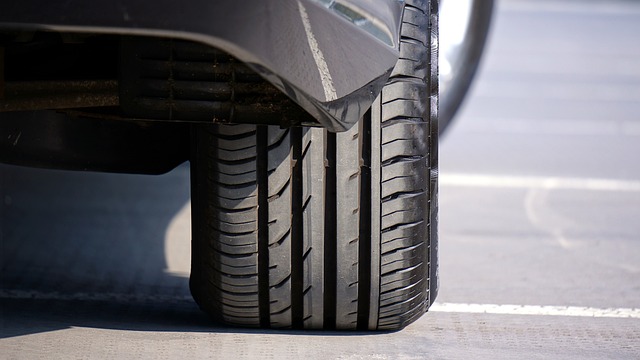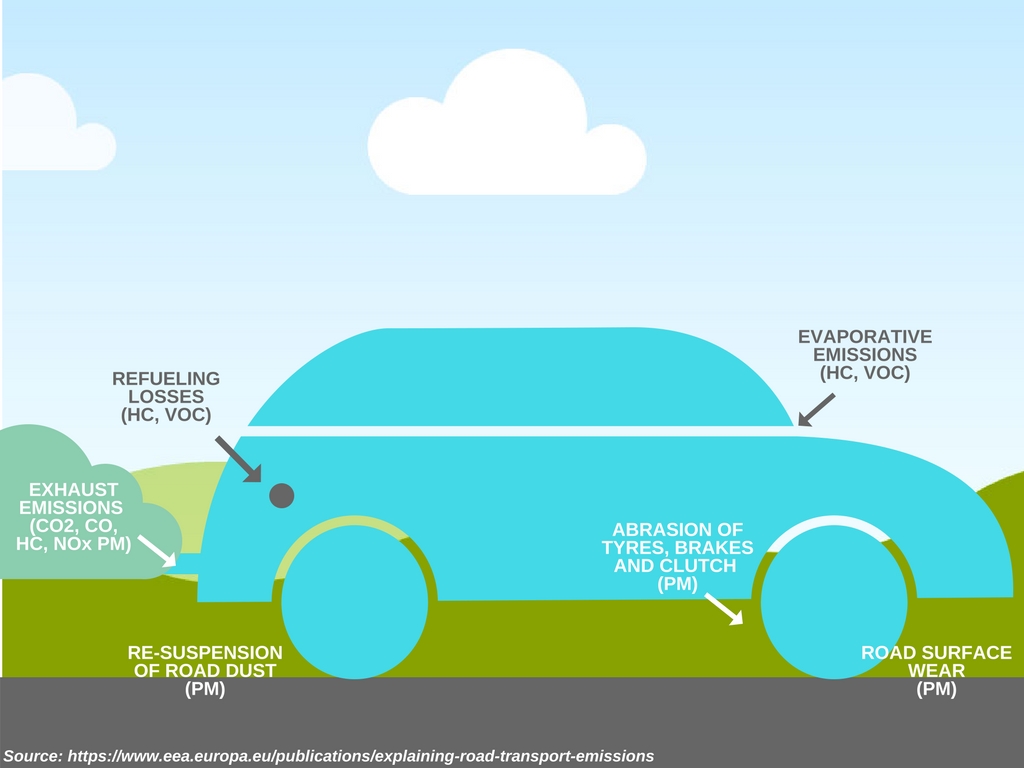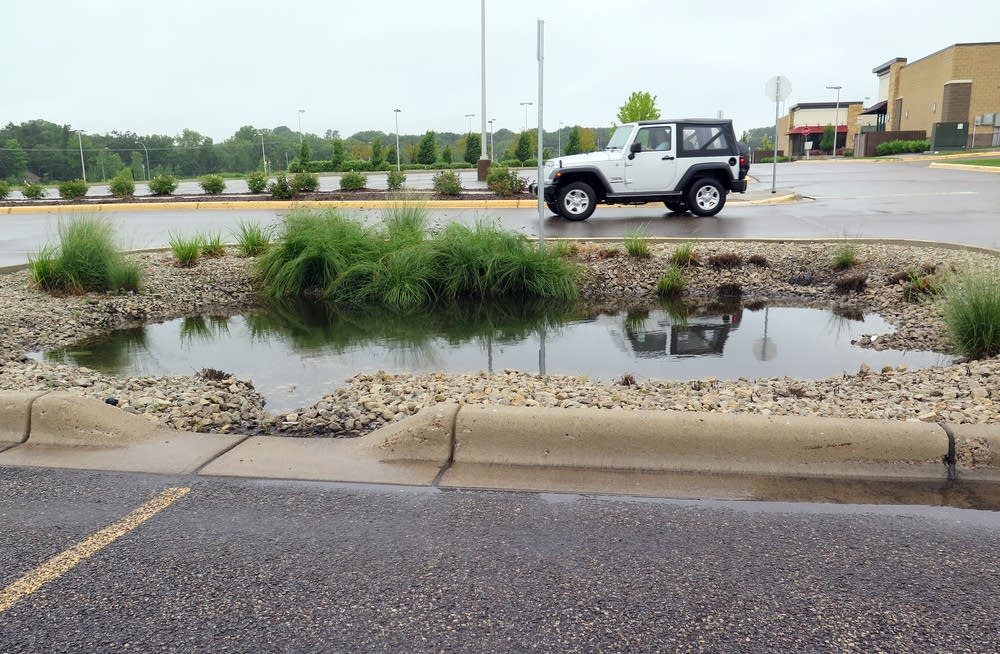 When you think of car pollution, you probably think the main source is tailpipe exhaust.
When you think of car pollution, you probably think the main source is tailpipe exhaust.
However, several studies are revealing that car tires and brakes are the biggest culprits.
In fact, because car exhaust systems are becoming cleaner, tire and brake pollution can exceed tailpipe emissions!
These studies highlight only a few of the many pollutants emitted by tires that are coming to light. Let’s look further…
Particulate Matter & Air Pollution
Particulate Matters (or PMs) are classified as the world's primary source of air pollutants. They range in size, but finer particles are especially dangerous because they can enter the bloodstream and cause a range of problems including cancers, reproductive disorders, heart, and lung disease.
 In Long Beach and Anaheim, researchers examined PM samples from cars on California highways. The results in Anaheim showed that PMs from car brakes and tires measured 30% of total emissions, as compared to 19% of PMs from car tailpipes. The results from Long Beach showed roughly equal percentages between the two sources.
In Long Beach and Anaheim, researchers examined PM samples from cars on California highways. The results in Anaheim showed that PMs from car brakes and tires measured 30% of total emissions, as compared to 19% of PMs from car tailpipes. The results from Long Beach showed roughly equal percentages between the two sources.
In London, it was found that tire wear generates over 400 potentially disease-causing compounds. Incredibly, tires from just one car emit 1 trillion of these ultrafine particulates per kilometer driven!
Tires are made of 24% synthetic rubber, along with hundreds of other components like steel and heavy metals (toxic metals), which break down into microplastic fragments. These PMs pollute the air, soil, and water.
A Study In San Francisco Bay
In San Francisco Bay, it was found that microplastics from tires made up half of the 7 trillion particles discharged into the bay from storm runoffs.
The study also revealed that coho salmon when placed in water containing tire particles, died. This explained why scientists had been observing salmon in area streams dying after rainstorms. The study showed that tire dust has a dangerous chemical called 6PPD, which when exposed to ozone at ground level, forms a toxic pollutant that enters waterways, called 6PPD-q.
This chemical was causing the deaths - the researchers discovered its toxicity in four out of the 11 fish species tested. 6PPD-q is classified as the second most toxic water pollutant currently known and is found in waterways and roads all around the globe.
Actions and Solutions
 Europe will be implementing new regulations to control exhaust and non-exhaust emissions by 2025. Also, California’s EPA made a rule requiring tire manufacturers to find a substitute for 6PPD by 2024, or risk having their products removed from California markets. These standards will bring greater attention to tire pollution, and will consequently encourage further changes.
Europe will be implementing new regulations to control exhaust and non-exhaust emissions by 2025. Also, California’s EPA made a rule requiring tire manufacturers to find a substitute for 6PPD by 2024, or risk having their products removed from California markets. These standards will bring greater attention to tire pollution, and will consequently encourage further changes.
Companies like the Tyre Collective in the UK, are innovating to reduce pollution. They invented an electrostatic plate that can be mounted on tires and captures 60% of the PMs emitted during driving. The plate stores these particles for reuse.
It is also possible to reduce PMs in waterways by constructing rain gardens, which are shallow depressions filled with plants to collect and filter storm runoff. They are capable of trapping 100% of the tire rubber fragments and 90% of 6PPD-q.
Though tire pollution wasn’t previously regulated, there are many new calls for action. Investigations into tire waste, its breakdown products, and its environmental effects can better inform future policies and solutions.
Sources: Yale 360, Washington Post, NIH, itrcweb.org






